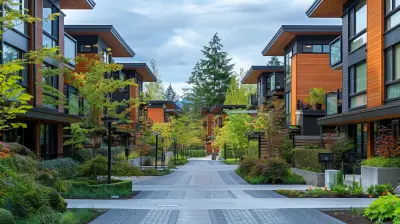The Growing Popularity of Riverfront and Waterfront Urban Developments
25 October 2025
Urban landscapes are evolving, and one trend making waves (pun intended) is the rise of riverfront and waterfront developments. Cities worldwide are reshaping their waterfronts, turning once-industrial zones into vibrant neighborhoods filled with parks, high-end condos, trendy restaurants, and cultural hotspots. But why are these developments gaining so much traction? Let’s dive into what’s fueling this real estate boom and why living near the water is becoming the ultimate urban luxury.
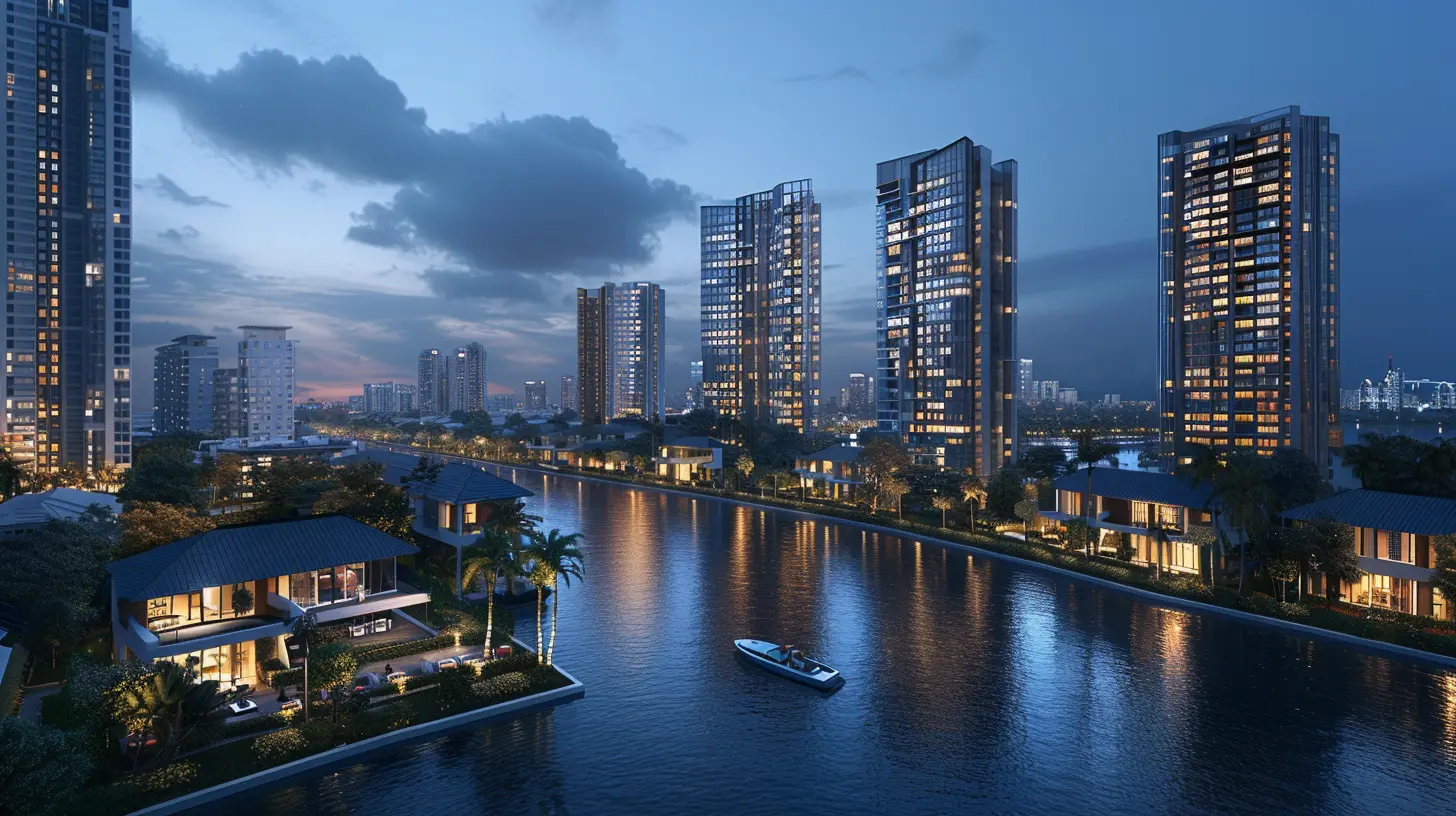
Why Waterfront Living Is in High Demand
1. The Allure of Scenic Views
Let’s be honest—who doesn’t love waking up to the sight of glimmering water? Waterfront properties provide stunning views, which instantly boost their appeal. They offer a natural, calming environment that city dwellers often lack. Whether it’s a river slowly meandering through the city or an expansive lake reflecting the skyline, water has an undeniable charm that draws people in.2. A Boost in Property Value
Real estate near water tends to hold — and often increase — in value over time. Why? Because demand outpaces supply. There’s only so much riverfront or coastal space available, making these properties a hot commodity. Buyers and investors recognize the long-term appreciation potential, making waterfront real estate a lucrative investment.3. A Healthier Lifestyle
Living near water encourages an active lifestyle. Picture this: morning jogs along the riverwalk, kayaking on the weekend, or simply taking an evening stroll while enjoying the breeze. Many waterfront developments integrate green spaces, bike paths, and recreational areas, making it easier for residents to stay active and enjoy nature without leaving the city.4. Urban Renewal & Revitalization
Cities are paying attention to underutilized waterfront areas and transforming them into thriving urban hubs. Abandoned docks and old industrial sites are being replaced with modern residential complexes, mixed-use developments, and cultural attractions. This not only revitalizes the area but also attracts businesses, tourists, and new residents.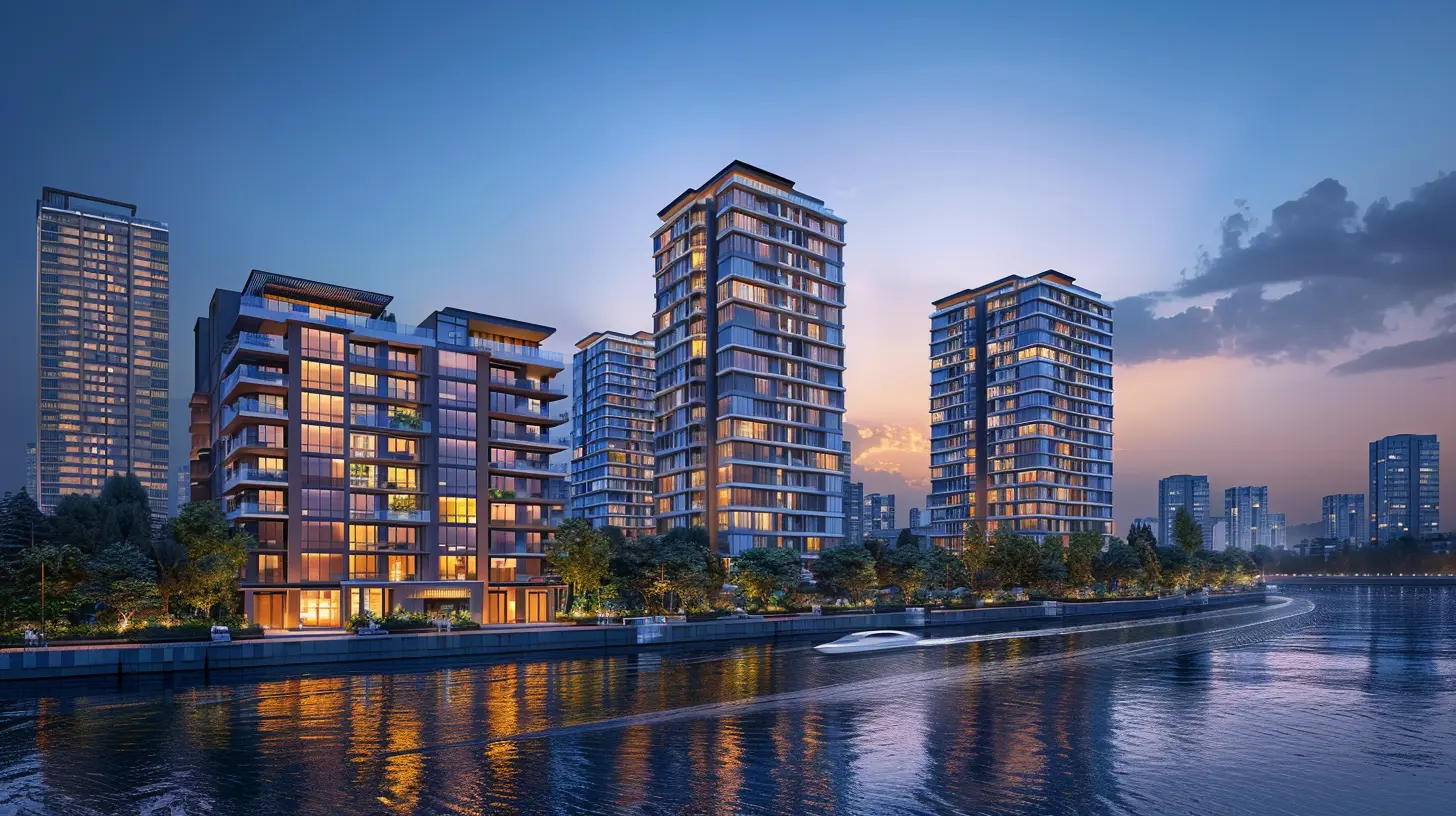
The Key Factors Driving Waterfront Development
1. The Shift Toward Sustainable Urban Planning
With sustainability becoming a major focus in urban development, many cities are prioritizing eco-friendly waterfront projects. Green building designs, energy-efficient infrastructure, and flood-resilient planning are at the forefront. Developers now integrate parks, wetlands, and natural stormwater management systems to create sustainable and climate-resilient communities.2. A Desire for Mixed-Use Communities
Modern urban dwellers want a mix of living, working, and leisure spaces all in one place. Waterfront developments often embrace the mixed-use model, incorporating residential buildings, restaurants, retail shops, office spaces, and entertainment venues. This creates walkable, vibrant neighborhoods where everything is conveniently located.3. Tech and Remote Work Trends
The rise of remote work is reshaping urban housing trends. More professionals now prioritize lifestyle over commuting convenience. Waterfront neighborhoods, with their serene ambiance and picturesque settings, are particularly attractive to remote workers seeking a better work-life balance. Many new developments even feature co-working spaces, catering to digital nomads and entrepreneurs.4. Tourism & Economic Growth
Waterfront areas are natural magnets for tourism. Cities that invest in well-planned waterfront districts—complete with boardwalks, marinas, restaurants, and cultural institutions—see significant boosts in economic activity. These areas become hotspots for events, nightlife, and tourism, further enhancing property values and investment potential.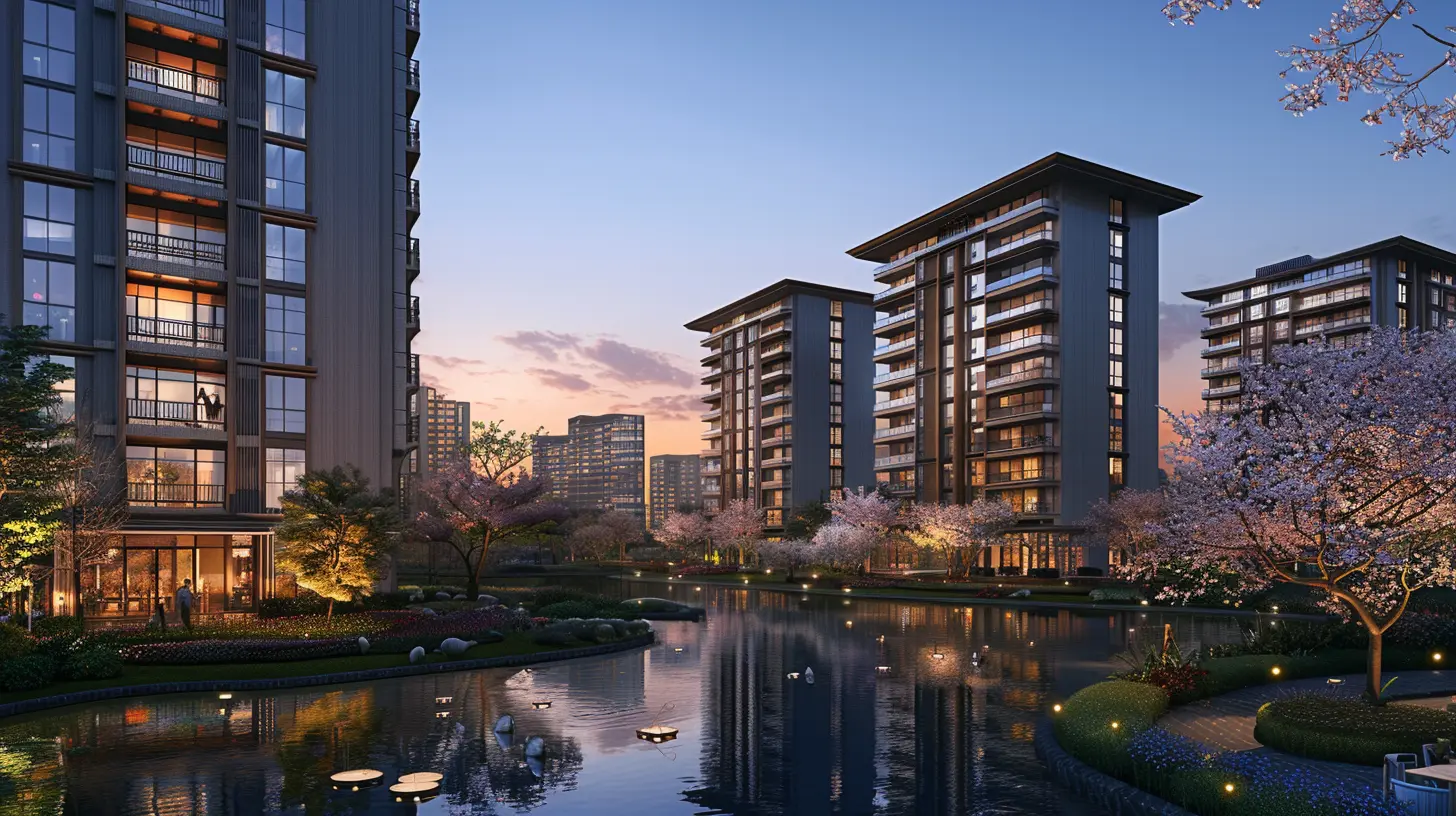
Top Cities Leading the Waterfront Development Trend
While waterfront projects are happening worldwide, some cities are leading the charge in transforming their riverfronts and shorelines into prime real estate.1. Toronto, Canada
Toronto’s waterfront revitalization is one of the most ambitious urban projects in North America. What was once an industrial portside is now a bustling neighborhood with high-rise condos, parks, and arts spaces. The transformation of East Bayfront and the Port Lands is bringing new life to the city’s shoreline.2. Miami, Florida
Miami’s waterfront developments are synonymous with luxury. From high-end condos in Brickell to the ultra-modern Miami River District, the city continues to attract affluent buyers looking for prestigious waterfront living.3. London, UK
The Thames has long been a focal point for development, but in recent years, areas like Battersea Power Station and Canary Wharf have seen major investments. These projects blend history with modernity, creating sought-after residential and commercial spaces along the river.4. Sydney, Australia
Sydney’s waterfront is world-famous, and recent developments, such as Barangaroo, have elevated the city’s real estate game. With waterfront parks, Michelin-star restaurants, and state-of-the-art office spaces, Sydney’s harbor continues to be a real estate goldmine.5. Chicago, Illinois
Chicago’s Riverwalk is a prime example of how riverfront development enhances urban life. Once neglected, the riverfront is now a thriving destination filled with restaurants, walking paths, and cultural events, making it one of the city’s most attractive areas.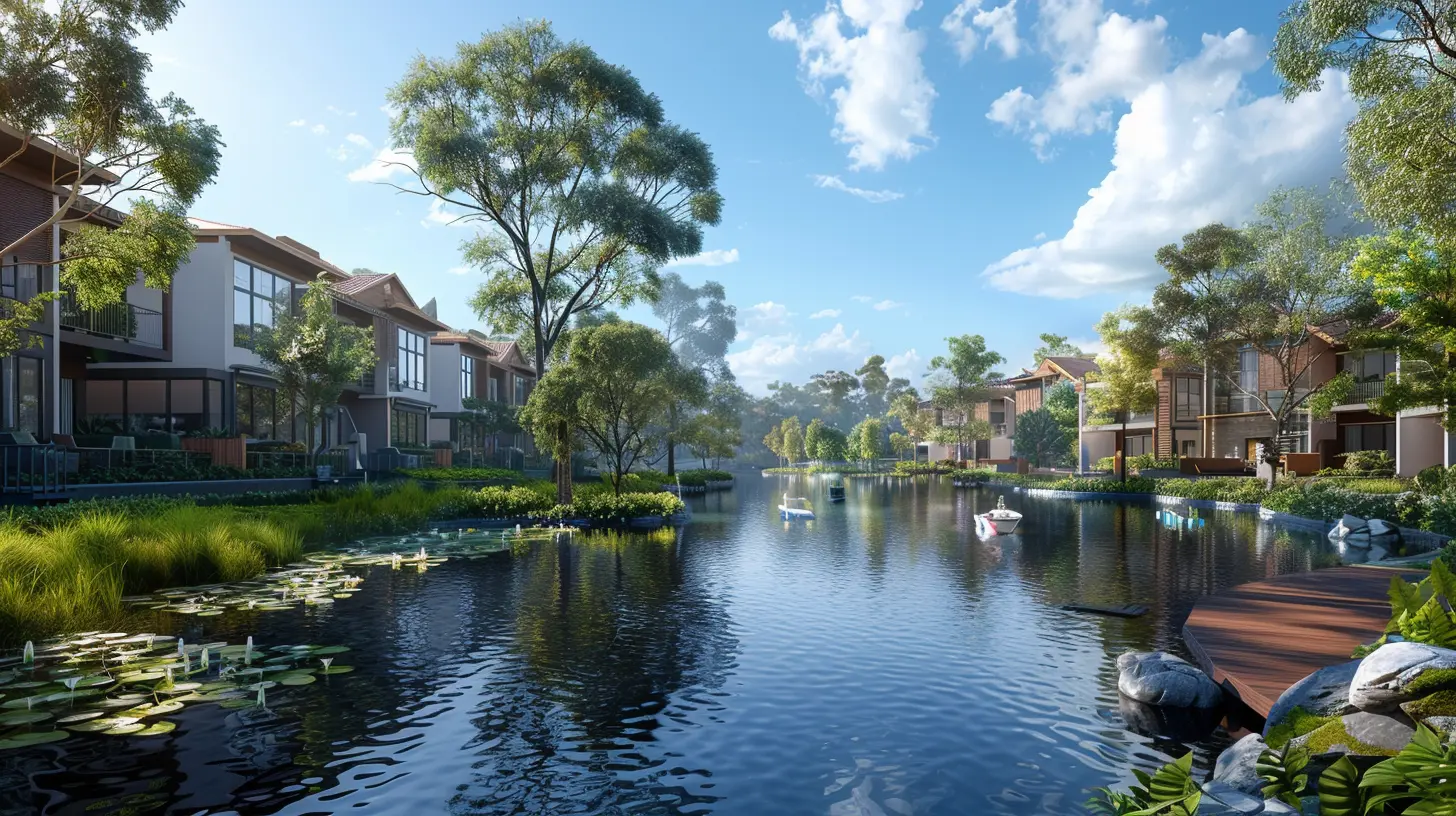
Challenges Facing Waterfront Development
Of course, not everything is smooth sailing when it comes to waterfront real estate. Some challenges need to be tackled to ensure responsible and long-lasting development.1. Climate Concerns & Rising Water Levels
With climate change causing rising sea levels and increased flooding, waterfront developments need to be built with resilience in mind. Many cities are investing in flood-prevention infrastructure, such as sea walls, elevated buildings, and improved drainage systems.2. High Costs & Limited Land Availability
Developing waterfront properties isn’t cheap. The cost of land, construction, and environmental precautions can drive up prices, making these areas predominantly accessible to high-income buyers. This often leads to concerns about affordability and gentrification.3. Environmental Impact
Preserving ecosystems while developing prime waterfront land is a delicate balance. Poorly planned projects can lead to habitat destruction and water pollution. That’s why urban planning must integrate eco-friendly designs, ensuring that nature and real estate can coexist.The Future of Waterfront Developments
As cities grow, so does the demand for well-planned, sustainable waterfront spaces. Developers are getting more creative, integrating nature, technology, and urban convenience to build communities that enhance both the environment and quality of life.Expect to see more floating buildings, smarter flood-resistant designs, and greener developments that prioritize sustainability. The appeal of waterfront and riverfront living isn’t fading anytime soon—if anything, it’s only going to get stronger.
all images in this post were generated using AI tools
Category:
Urban LivingAuthor:

Lydia Hodge
Discussion
rate this article
1 comments
Diana Sharpe
Embrace the beauty and tranquility of riverfront and waterfront living! As urban developments flourish, they offer not just homes but vibrant lifestyles. Let’s celebrate this evolution and the new adventures it brings to our communities!
October 27, 2025 at 3:30 AM

Lydia Hodge
Absolutely! Riverfront and waterfront living truly enhances our urban experience, offering serene settings and vibrant lifestyles that foster community connection and adventure.


